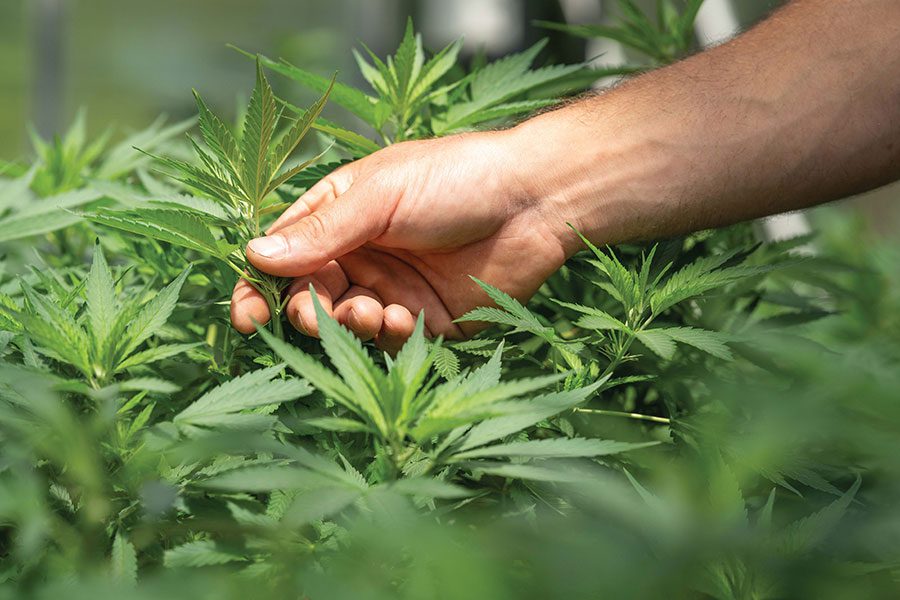
How Do You Spell Relief?
On a scale of zero to 10, how nauseous are you? That question formed the basis of a UNM-based study of the effects of cannabis consumption on nausea symptoms, ranging from five minutes after consumption to one hour post-cannabis consumption. It showed that using cannabis results in an average symptom improvement of nearly 4 points on a 0-10 scale just moments after consumption, with increasing benefits over time.
Nausea, whether due to food poisoning, gastrointestinal disorders, chemotherapy or a host of other causes, is a common symptom but often difficult to treat. Cannabis has been used to lessen nausea for millennia, although its dosage and effects have been under-researched.
Although its effectiveness for treating chemotherapy-induced nausea is widely recognized, the use of cannabis for nausea remains under-researched in the general population, with no previous studies examining how quickly cannabis relieves nausea or how relief varies with product characteristics.
In a recent study, titled “The Effectiveness of Common Cannabis Products for Treatment of Nausea” published in the Journal of Clinical Gastroenterology, researchers showed that more than 96% of the study sample reported nausea relief within one hour. “Despite increasing clinical concerns regarding cyclical vomiting or hyperemesis syndrome in cannabis users, almost all users experienced relief,” said author Sarah Stith, an assistant professor in the UNM Department of Economics.
The study was based on data from 2,220 cannabis self-administration sessions recorded by 886 people using the Releaf App, a mobile software application designed to help users manage cannabis consumption by allowing them to record real-time changes in symptom intensity.
The extent of nausea relief experienced by the study sample varied. Flower and concentrates yielded faster and greater relief than edibles or tinctures, while vaping yielded less relief than consuming cannabis via a joint or pipe.
The study also compared the effects of THC and CBD among consumers of cannabis flower. Coauthor Jacob Vigil, associate professor in the UNM Department of Psychology, explained that “perhaps our most surprising result was that THC, typically associated with recreational use, seemed to improve treatment among consumers of cannabis flower, while our CBD, more commonly associated with medical use, actually seemed to be associated with less symptom relief.”

